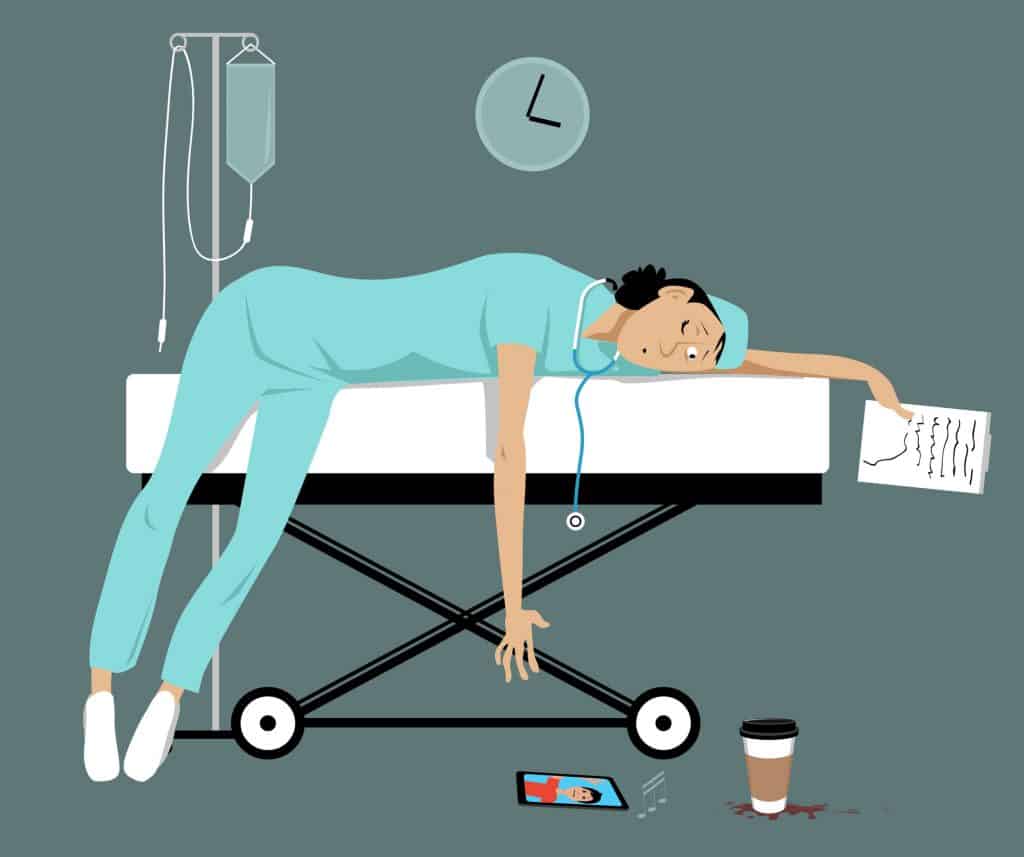The discussion about recovery from the COVID19 pandemic is starting, particularly in Australian and New Zealand where the infection and death rates seem to be declining quicker than in other countries. The Business Council of Australia (BCA) released its recovery plan on 20 April 2020. The media release is entitled “Business crucial to a safe return to normal“. The word “normal” is more loaded at the moment than normal 🙂 because it belies an assumption that what existed before the outbreak of COVID19 is how the world should be, even though the pandemic has illustrated weaknesses in what used to be the “normal”.
SafetyAtWorkBlog will focus on those elements of the BCA plan that directly or indirectly affect the physical and psychological health of workers but there is also some text, and subtext, that illustrates the ideological position of the BCA.





